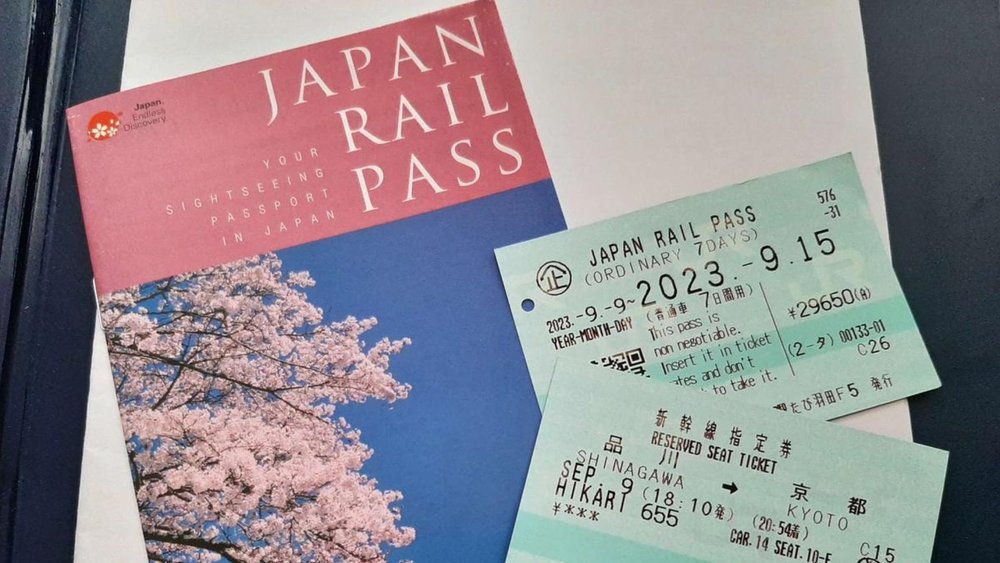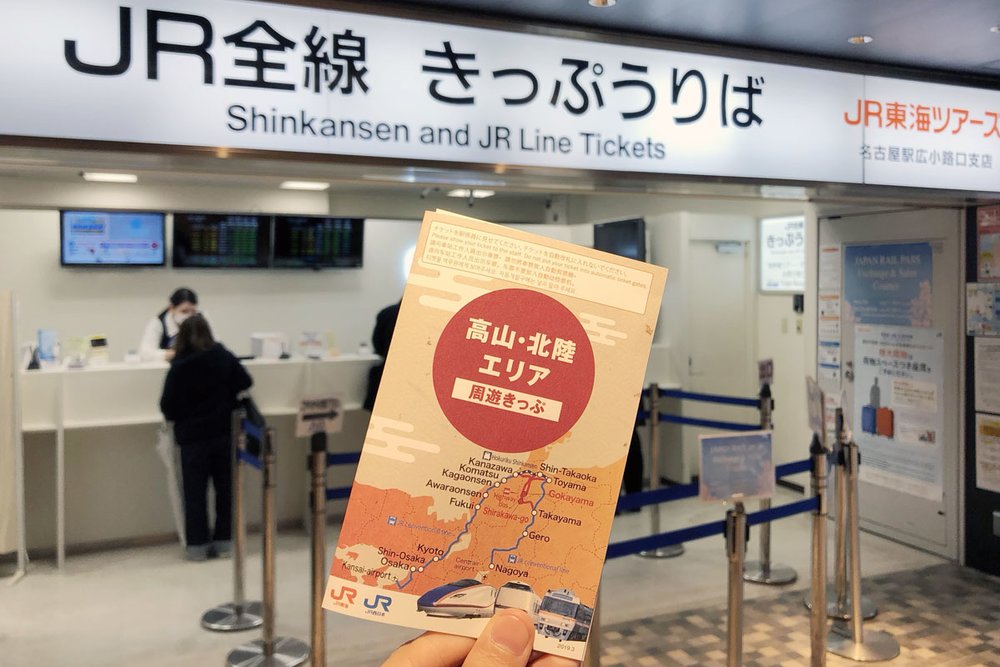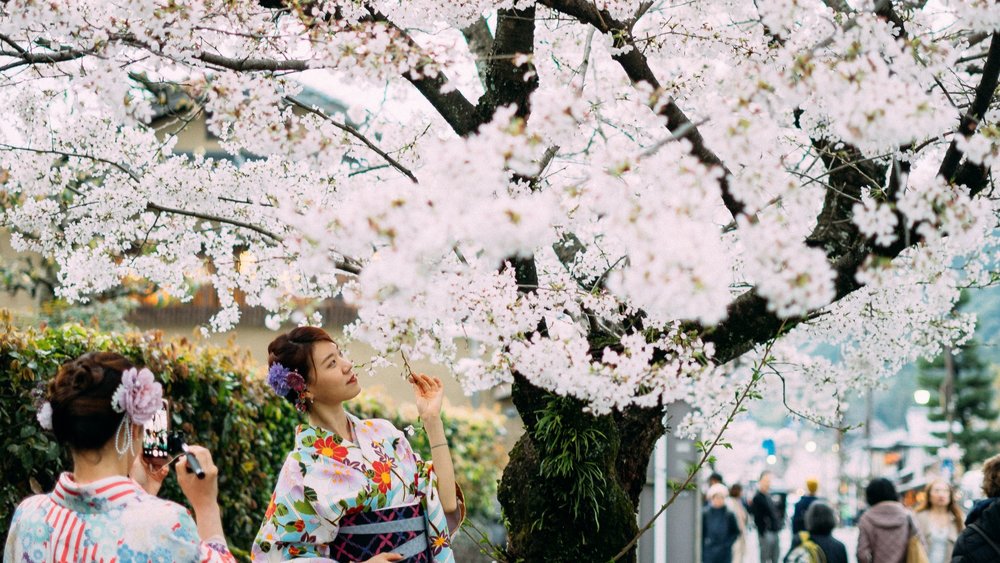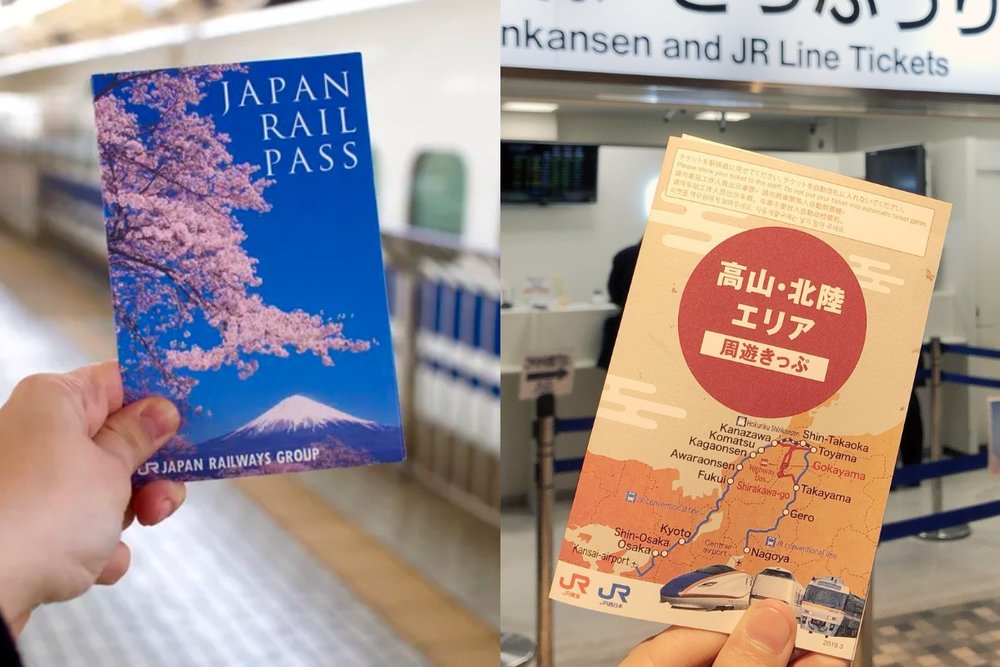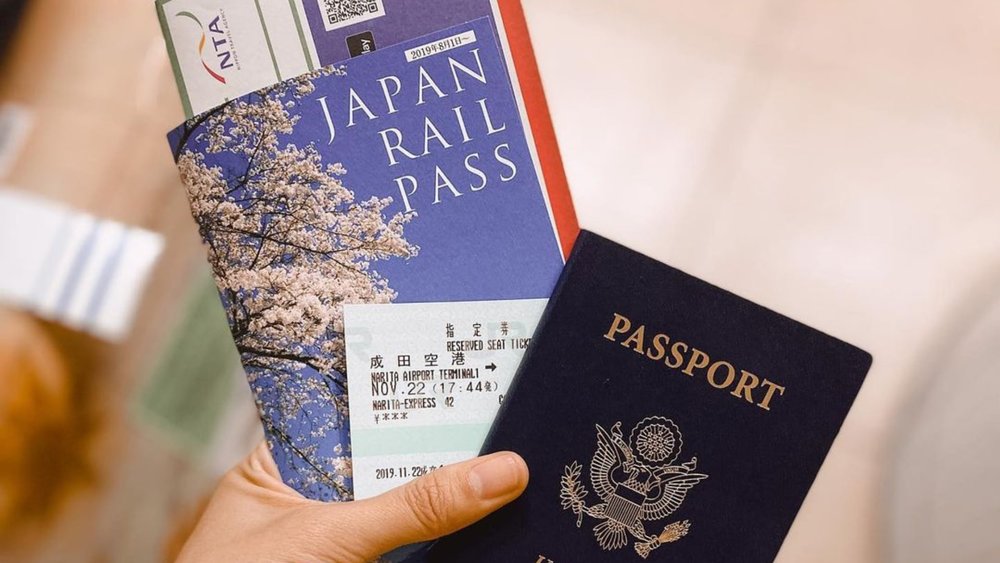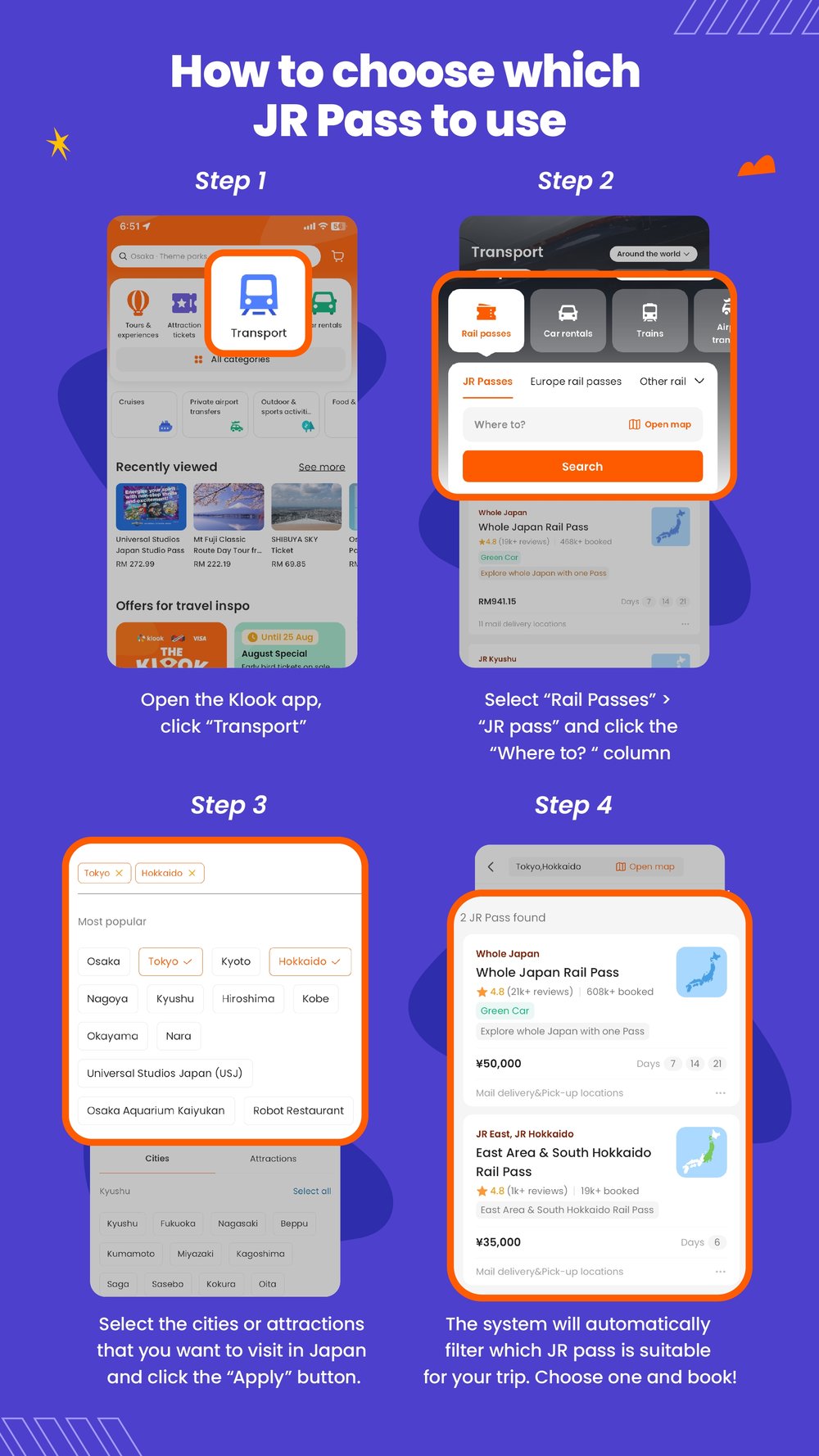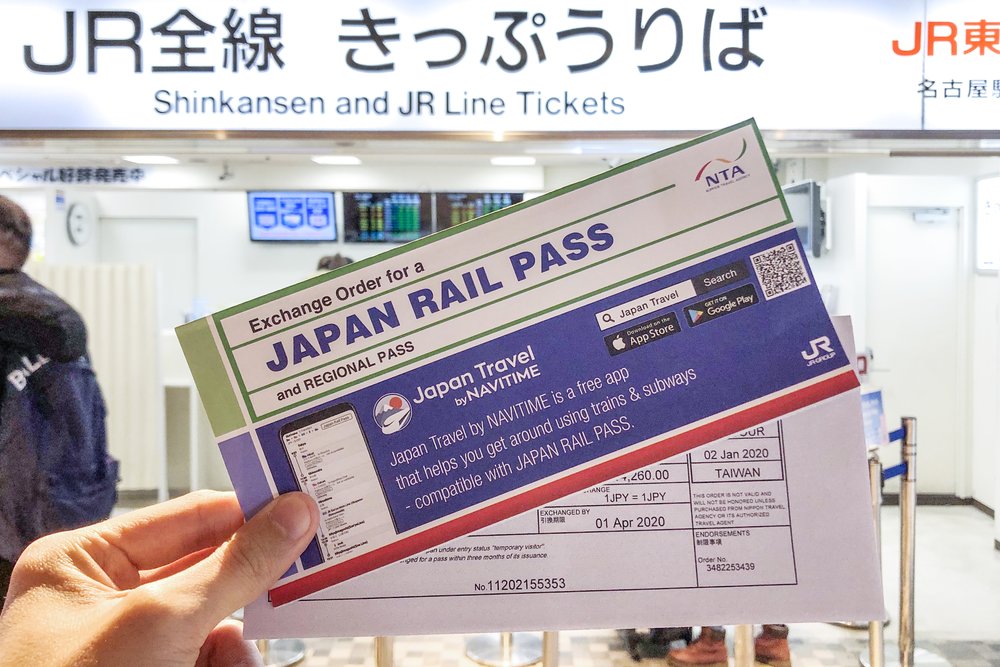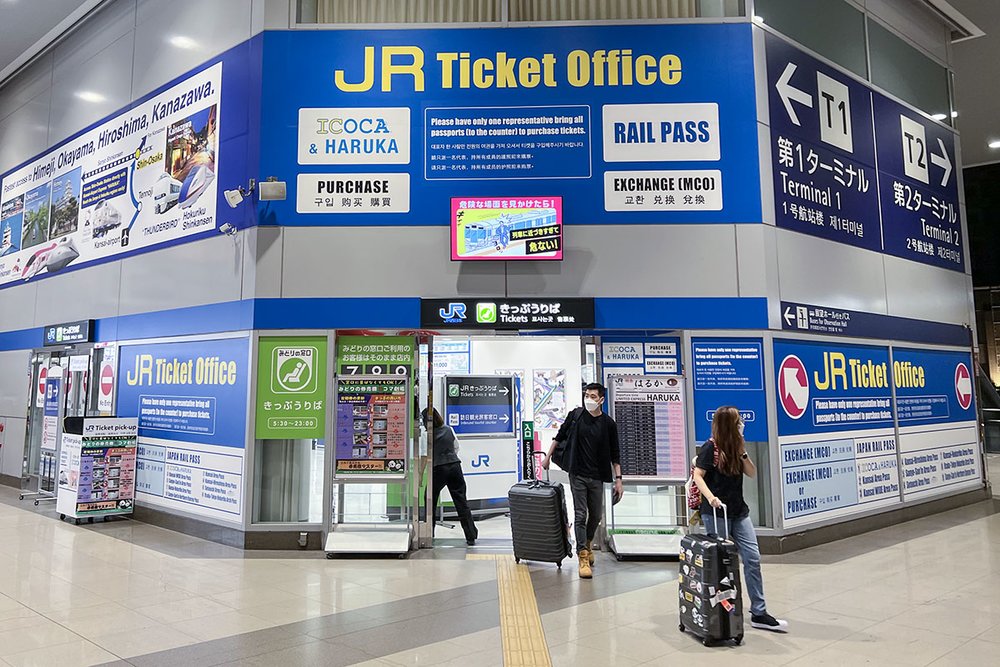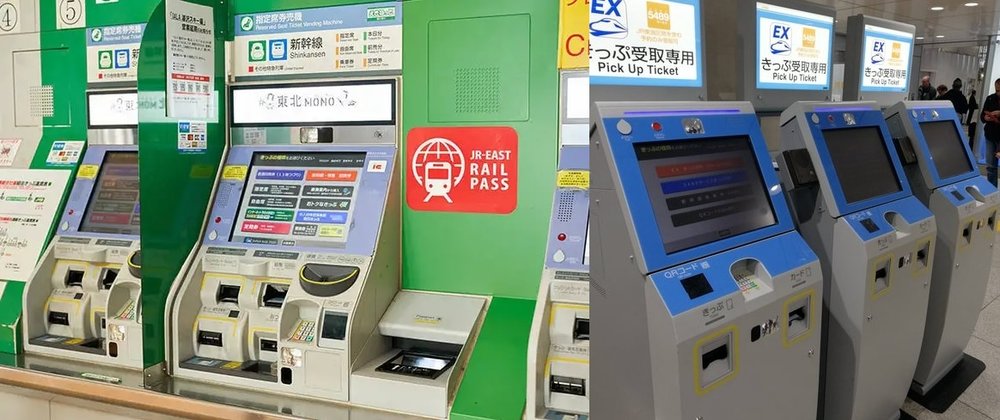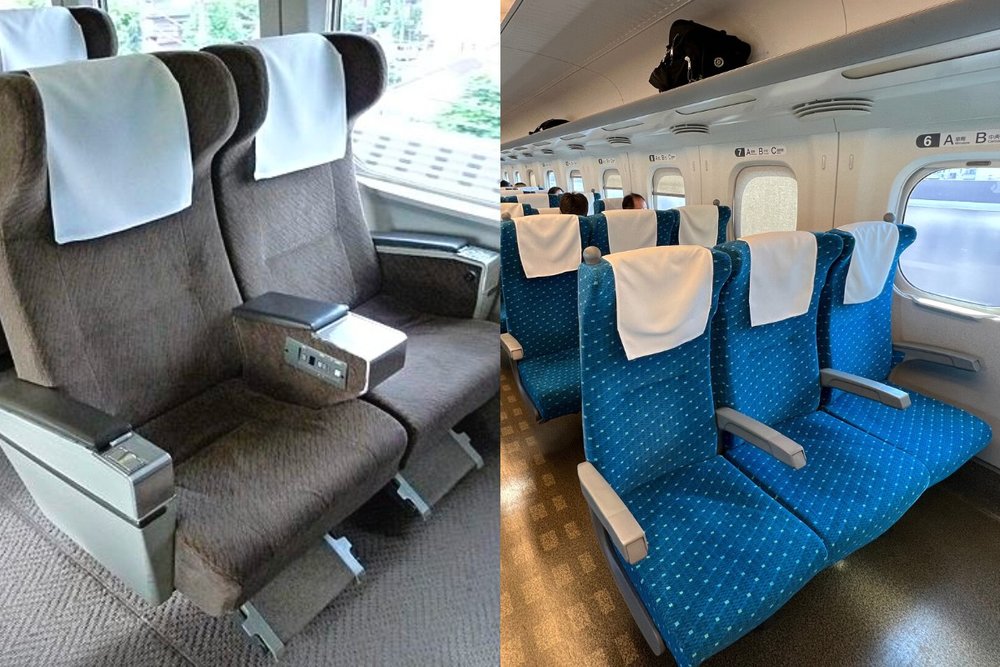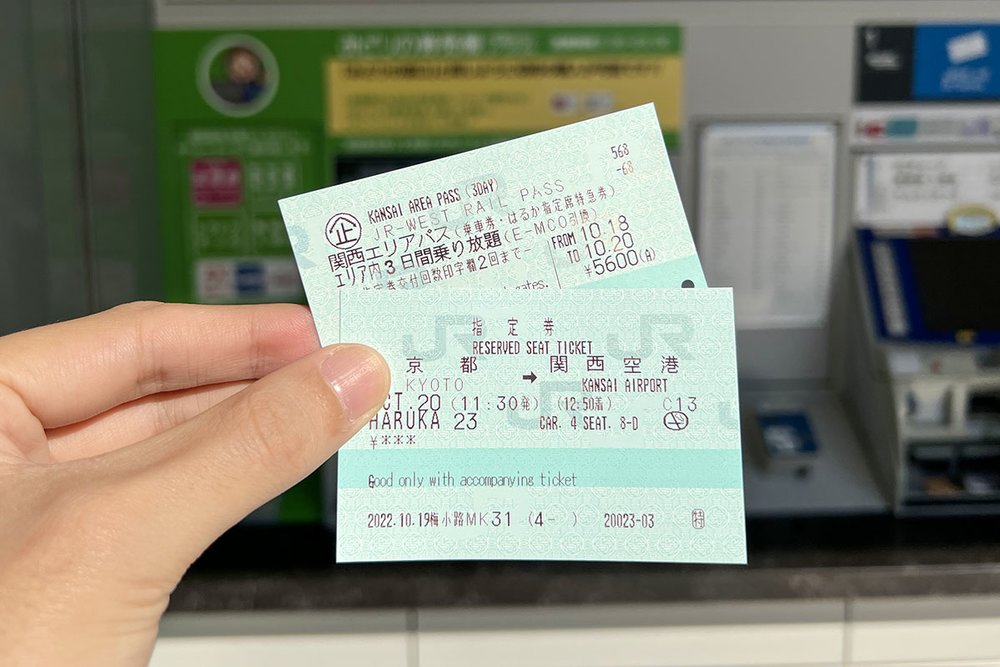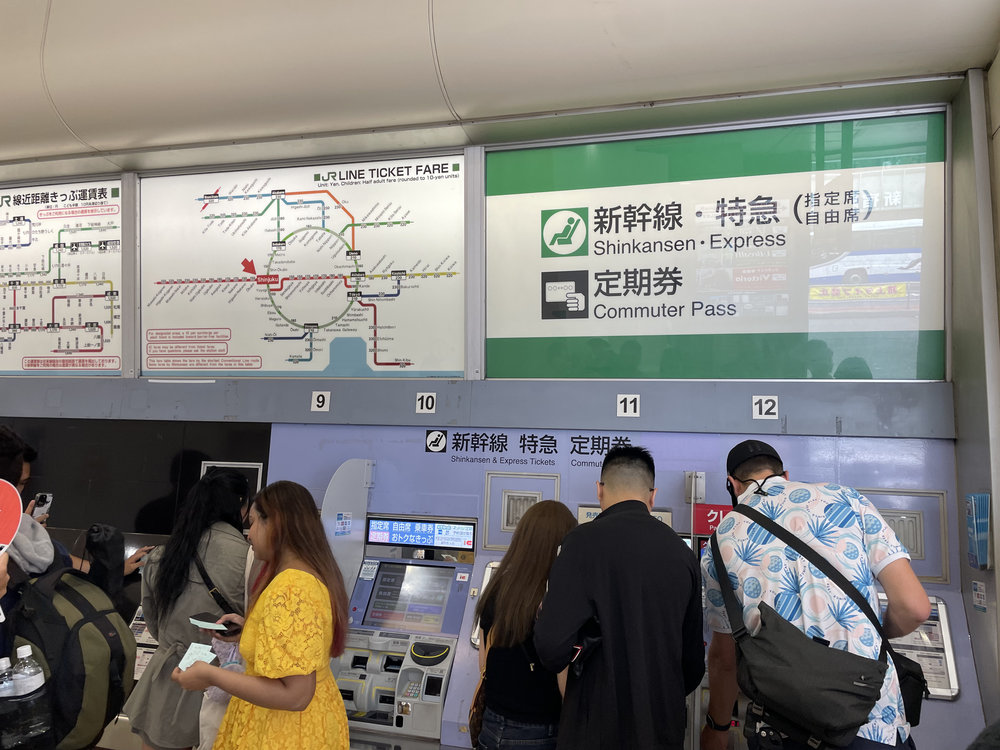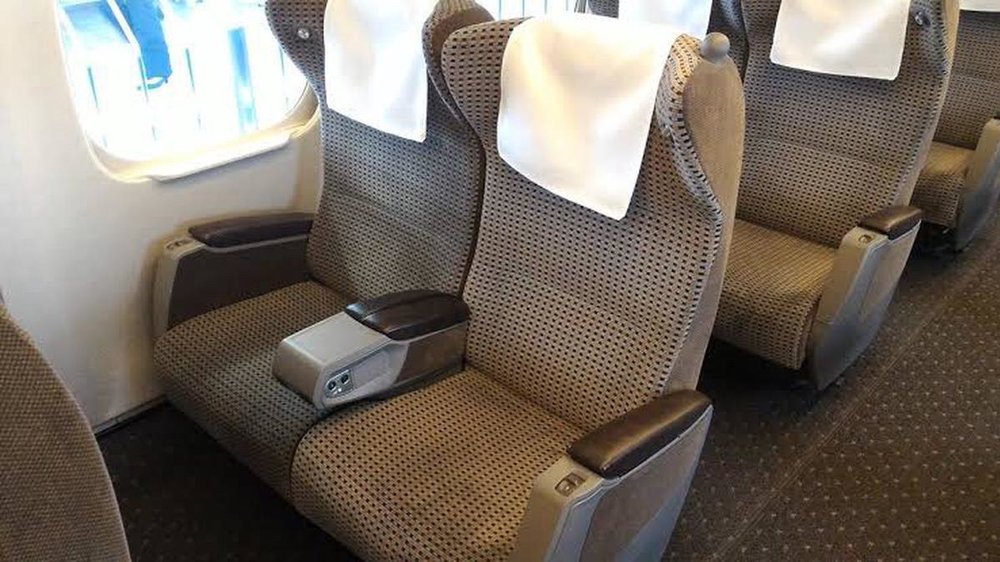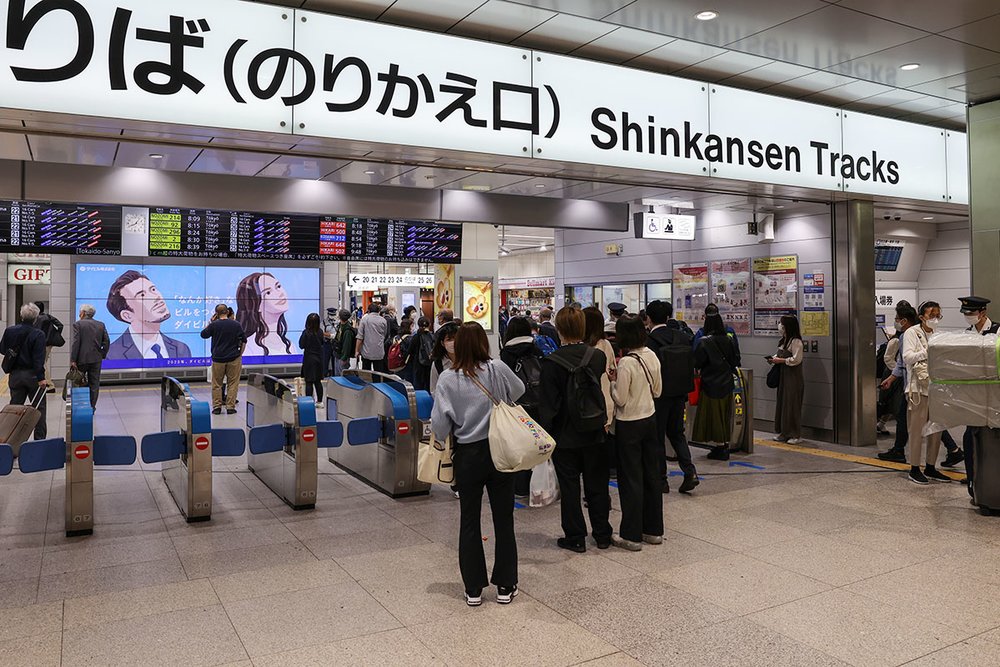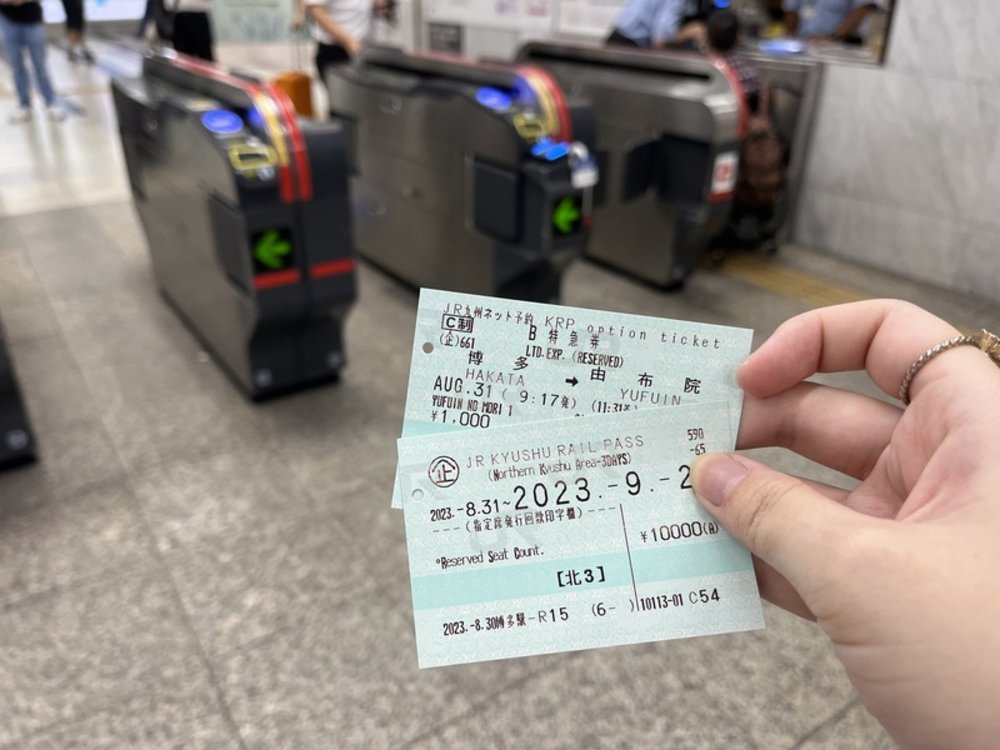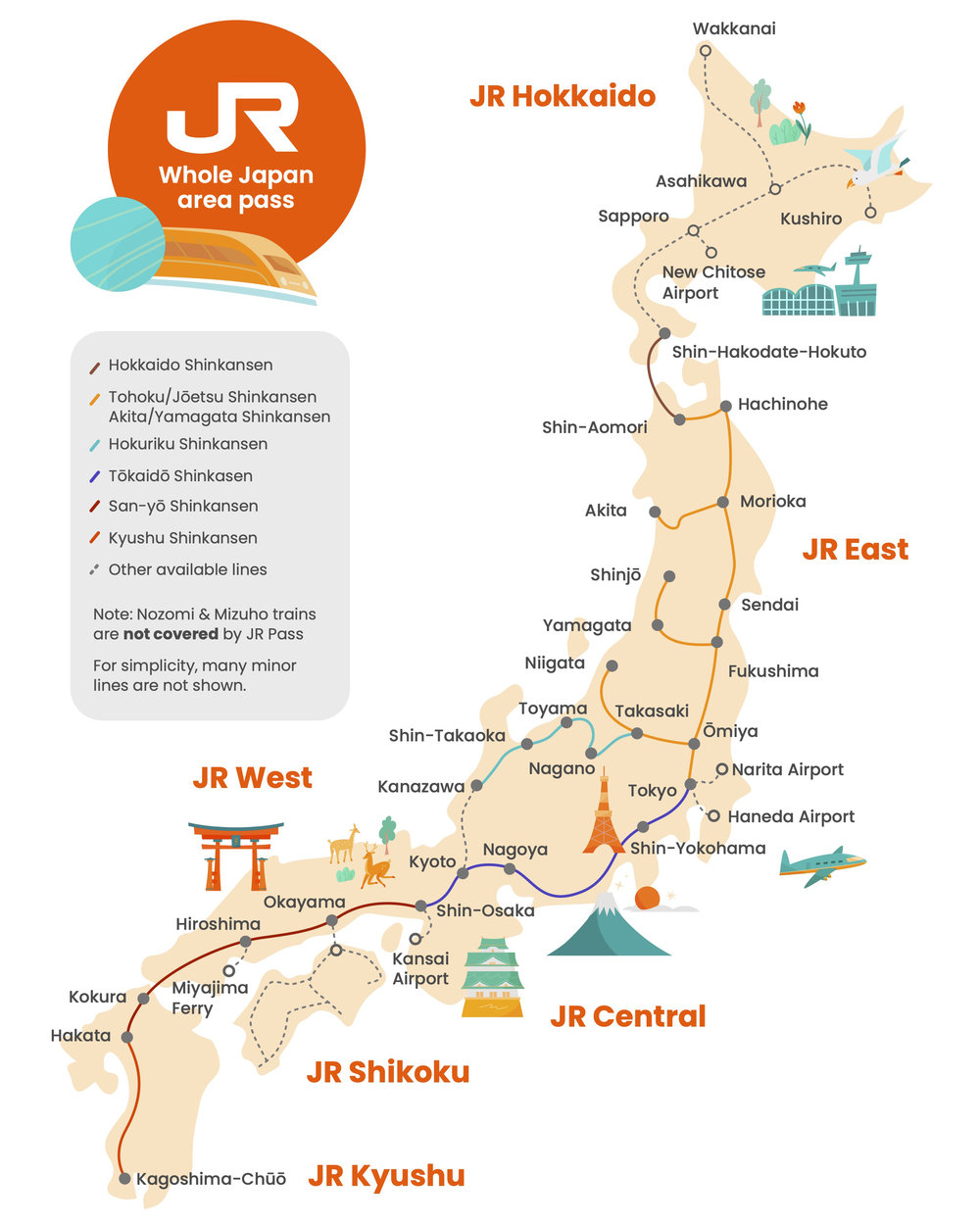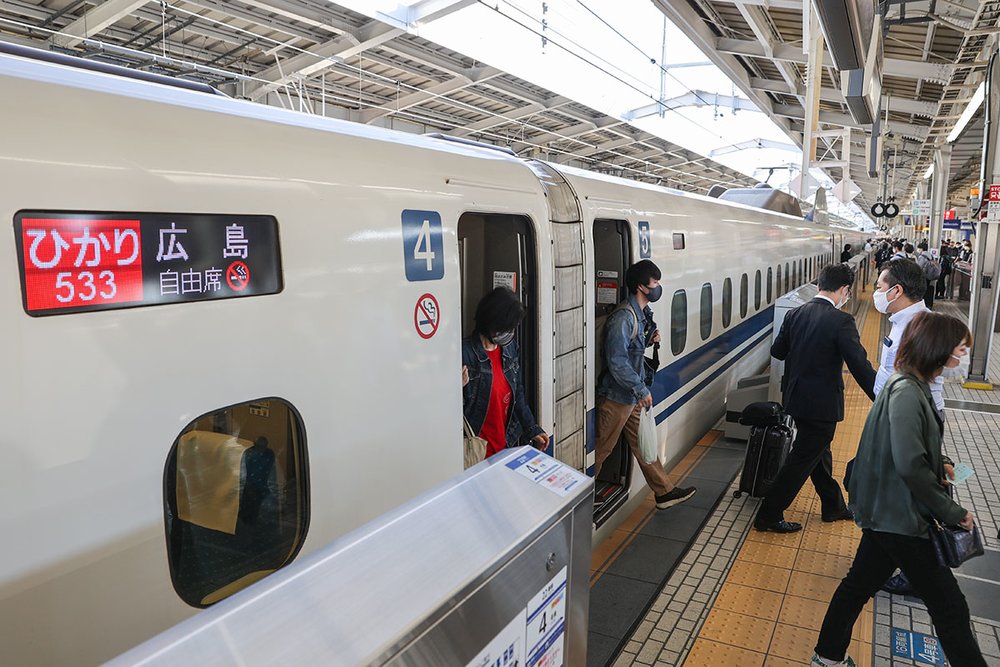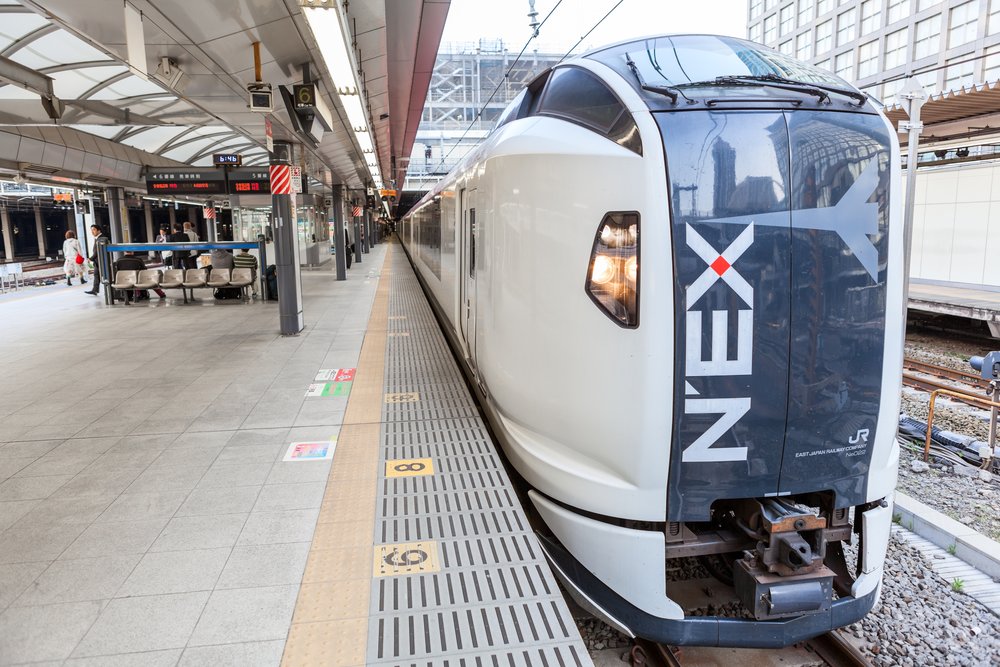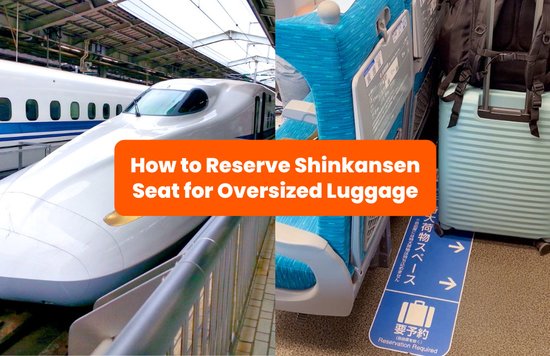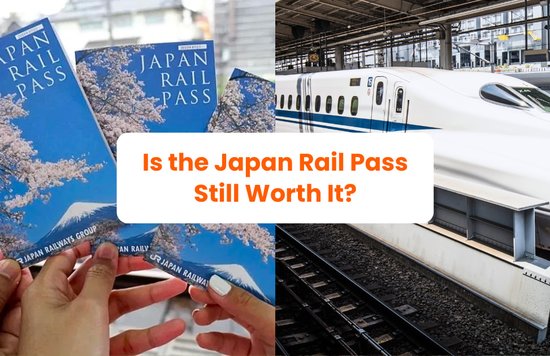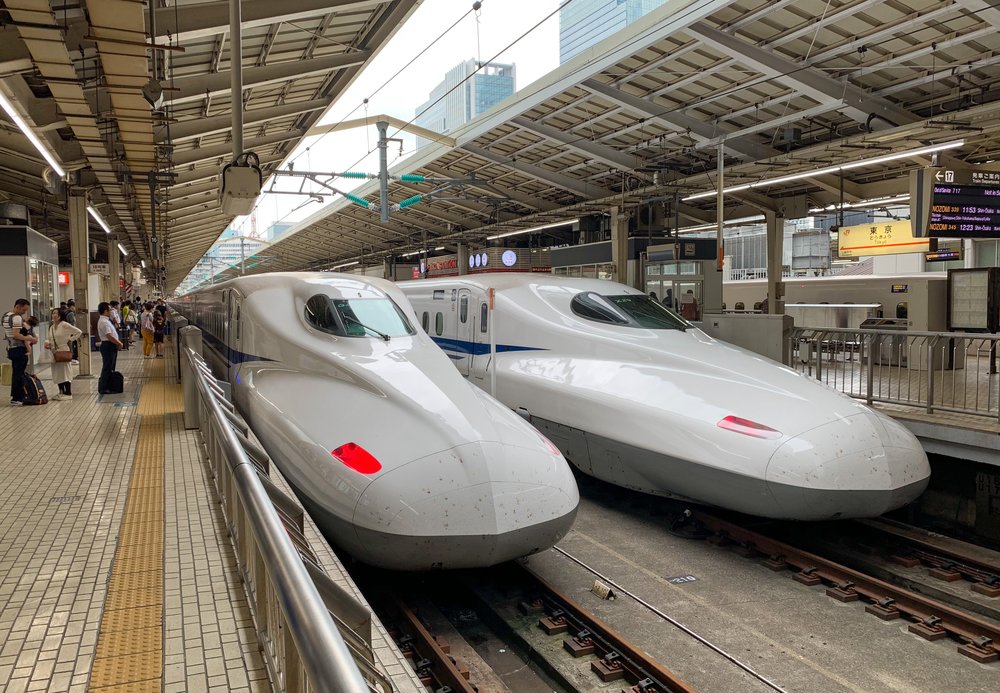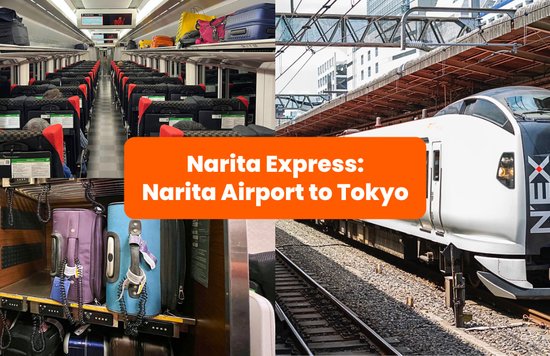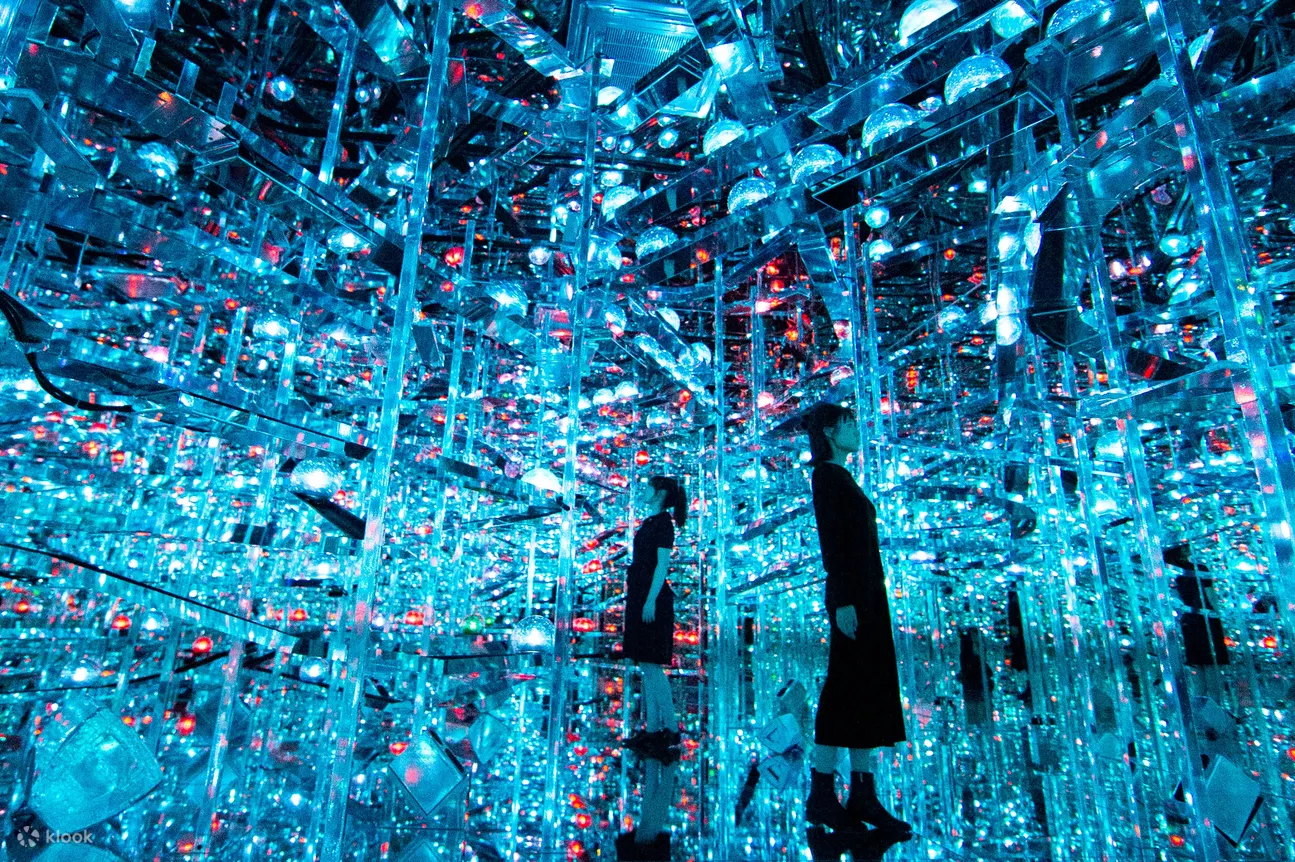Explore Japan seamlessly with the Japan Rail Pass
With tons of amazing
things to do in Japan, a trip to the Land of the Rising Sun is a must at any given time of the year. Ironically, traveling within Japan can get rather costly, and oftentimes, this stops us from venturing beyond one city!
So before starting on your journey, consider getting yourself a
Japan Rail Pass (JR Pass). Here's everything you need to know about the mighty JR Pass, its types, and how it can help make your Japan trip fuss-free.
1. What is the JR Pass?
The
JR Pass is a personal transportation pass specifically made for foreign travelers. There are two types of passes –
JR Pass for Whole Japan and
Regional JR Passes.
JR Pass for the Whole Japan
The
JR Pass for Whole Japan gives you access to train lines operated by Japan Railways, including all trains on the JR railway network, as well as JR Kyushu, JR Shikoku, JR West, JR Central, JR East, and JR Hokkaido.
Beyond the trains, you’ll also be able to access other means of transportation like the JR Bus, JR Ferry, and monorails. In summary, the JR Pass for Whole Japan gives you unlimited travel on the following transportation networks:
JR Trains | The JR Pass can be used on almost all trains operated on the Nationwide JR (Japan Railway) network, as well as JR Kyushu, JR Shikoku, JR West, JR Center, JR East and JR Hokkaido. JR Pass access also includes the Shinkansen (bullet train), limited express, express, rapid and local trains. |
|---|
Tokyo Monorail | To/from Haneda Airport |
JR Ferry | To Miyajima |
Local JR Buses | You can refer to the official list of valid bus networks to better plan your route. |
Selected Non-JR Trains (For access to isolated JR stations) | JR Pass holders can get on certain non-JR trains that have access to remote, isolated JR lines, only as a transfer to JR lines. They include specific stations in Aoimori Railway, IR Ishikawa Railway, and Ainokaze Toyama Railway. Check out the full list to better plan your trip. |
JR Regional Passes
Coverage depends on the pass you have selected. These passes will generally be more affordable and suited for those who are only visiting particular cities or regions, such as Hokkaido or Osaka and its surroundings.
Klook Tip: Make sure you double check the description for trains that are included in the regional pass you're eyeing. This is because some passes only include select trains and buses, and not Shinkansens for example.
2. Am I eligible for a Japan Rail Pass?
If you're a non-Japanese national and are only visiting for tourism purposes, then you're eligible to use the JR Pass. It's specifically for travelers designated with the "Temporary Visitor" status in Japan, meaning you're allowed to stay in the country for less than three months. This doesn't include those going to Japan for work or military-related reasons.
3. What are the different types of JR Passes available?
There are more than 20 JR Passes available! Each JR Pass caters to different needs. For example, if you’re planning to travel nationwide, it’s best to purchase the
Whole Japan Rail Pass which gives you access to every JR line throughout the country. This pass is available in three validity periods: 7-day, 14-day, or 21-day. With this, you'll have
unlimited travel within that validity period.However, if you’re only looking to travel around a city or within a region, then getting a
JR Regional Pass might be better. These passes are valid for different durations, starting from only 1 day!
4. Which JR Pass should I purchase for my trip?
With so many passes to choose from, the first step is knowing the general areas of Japan you’d like to cover on your trip.
Having said that, if you’re looking to go on a two-week trip to
Tokyo but have planned a whole bunch of day trips to the other parts of the country during your stay, you can consider the
14-day Whole Japan Rail Pass!
5. Where can I purchase a JR Pass?
The JR Pass is only available for purchase online before you head to Japan. It's highly recommended that you book your JR Passes online from either the
Japan Rail website or authorized agents like
Klook to save yourself the time, money, and hassle of scrambling for one when you land.
After completing your purchase, you'll first receive a Mail Exchange Order (MCO). This Exchange Order will be mailed to you within 5 working days of purchase (Free US Mailing). You will then need to present this Exchange Order with your passport in Japan at a JR Rail Office to exchange it for your actual JR Pass.
Klook Tip: Some regional passes may come with an Electronic Exchange Order instead of a physical one. This will be issued instantly to your Klook account once the booking is confirmed.
Buying your JR Passes on Klook
JR Passes on Klook are the cheapest in the market and can be purchased in one hassle-free booking! You can easily choose from a
wide range of passes by selecting the areas you plan to travel to. If you haven't tried our neat JR Pass filter tool yet, check it out
here.
You can also see on your
Klook app if a JR Pass you're interested in requires a physical Mail Exchange Order or offers an Electronic Exchange Order.
For Whole Japan and selected regional JR Passes that require a physical Mail Exchange Order, it will be delivered directly to your door within a week. (US delivery)
For regional JR Passes that issue an Electronic Exchange Order, it will be issued instantly to your Klook account once the booking is confirmed.
When purchasing on Klook, what date should I select?
Physical Mail Exchange Order
For Whole Japan and selected regional JR Passes that require a physical Mail Exchange Order, your selected date should be at least 1-2 weeks from the date you intend to leave for Japan. This is to make sure that there's enough time for the delivery.
Electronic Exchange Order
For regional JR Passes that issue an Electronic Exchange Order, it will be issued instantly to your Klook account once the booking is confirmed. As such, you can buy this even on the actual day you plan to use it.
Do note, however, that all JR Passes are only valid for 90 days from the booking date. The exchange order will expire at 23:59 on the last day, so do ensure that you book only up to 3 months ahead of your trip to Japan.
Klook Tip: Please make sure you have enough time to receive your Exchange Order before departing for Japan! You'll need it to exchange for your actual JR Pass, so don't forget to pack it too!
Why do I need to fill in my personal information?
Japan Rail authorities require all users to submit accurate and valid personal information before a JR Pass can be issued. The information on the Exchange Order MUST reflect that of your passport. If not, the Exchange Order will be deemed invalid and you won’t be able to get your JR Pass.
When swapping your Exchange Order for a JR Pass in Japan, you MUST show your passport and Temporary Visitor stamp/sticker for validation. A photocopy of your passport won't be accepted.
6. What’s the difference between the Klook voucher, Exchange Order, and JR Pass?
Klook Voucher
This is the voucher you receive upon completing your booking on Klook. If you've selected a pickup option, you only need this to redeem your Exchange Order. If you've selected the delivery option, you must wait for your Exchange Order. You CANNOT use the Klook voucher to redeem the JR Pass in Japan.
Exchange Order (Physical / Electronic)
An Exchange Order, also known as an MCO, is what you will receive from Klook either by mail or on your Klook app (if it's an Electronic one), depending on the JR Pass you have purchased. You MUST have this Exchange Order with you in Japan to exchange for the actual JR Pass.
JR Pass
This is the actual pass you will use on the transportation systems in Japan. To be able to get this, you MUST have your Exchange Order described above. You will need both the Exchange Order and the original passport associated with it to redeem the actual JR Pass.
7. Where and how do I exchange my Exchange Order for the JR Pass?
Once you’ve received your Exchange Order from Klook, the next step is bringing it to Japan.
Physical Exchange Orders
You will have to visit a JR office located at airports and major train stations to receive your JR Pass. For the complete list of JR Ticket Offices, click
here.
Electronic Exchange Orders
You may choose to do the exchange at a Green Ticket-Vending Machine also available at major train stations. The machine that allows exchange will have a blue passport icon clearly indicated above the screen. It's highly recommended that you check out the available stations for exchange ahead of time to avoid any disappointment.
8. How do I activate my JR Pass?
You can choose your start date when exchanging your Exchange Order for a JR Pass.
This date will be the official date for which your JR Pass will be active for use, so do plan out your trip and choose wisely! The start date can be any day within the 30 days and doesn’t have to be the date of exchange.
Klook Tip: This means that if you plan to use your JR Pass 4 days later, you can already exchange it now at the airport to start 4 days later. This will save you time looking for a JR Office or ticket machine to change for your JR Pass later.
9. When do I have to redeem my Exchange Order for a JR Pass? Can I activate it later?
Exchange within 90 days of booking, activate within 30 days of exchange!
You have to redeem your Exchange Order for a JR Pass within 90 days from the date of issue (the date of confirmed booking). Once you've redeemed your Exchange Order for a JR Pass, you don’t have to activate the JR Pass immediately.
You can select any date to activate your JR Pass, as long as it’s within 30 days from the date you swapped your Exchange Order for JR Pass in Japan. Keep in mind that once you select the start date, you can't change it.
10. What is the difference between the Green Car and Ordinary Car?
Commonly found on Shinkansen (bullet trains) and Tokkyu (limited express trains), the Green Car is equivalent to the first-class cabin in airplanes, and of course, it's more expensive. On top of good service, guests can expect footrests, wider seats, magazines, personal luggage space, and even a radio set!
Additionally, the Green Car option is increasingly popular during peak periods because it offers seat reservations. This also means that you have to make a reservation for each trip that you take!
Should I purchase a green car pass?
Based on the high standards of the JR trains, the service on ordinary cars is often good enough for the journey. However, the seat reservation feature and general perks of the Green Car (the space, and not having to deal with crowds) can be a good reason for you to purchase the Green Car pass!
11. What is the difference between reserved and non-reserved seats?
Some JR trains offer reserved seating, which simply means that you'll be allocated a seat in the reserved carriage. This is available most of the time on board Shinkansens as well as selected express trains, like the
JR Haruka Airport Express.
When you want to reserve a seat, you'll have to first decide on the route and time. You may do so after receiving your JR Pass and at a JR Station Ticket Office or a green ticket-vending machine.
You will then receive an additional ticket indicating all the relevant details. Do note that some regional JR Passes have a limit on the number of reserved seatings you can have per pass, for example, the JR West Kansai Wide Area Pass has a limit of 6, while the Kansai Area Pass has a limit of only 2.
Klook Tip: Not sure if you want to reserve a seat on the train? Don't worry! Most trains will have non-reserved carriages that will allow you to board and you'll be free to take any available seats!
12. Is it recommended to reserve seats?
Even though it’s not mandatory, it’s good to reserve your seat for peace of mind. After all, the last thing you want when you’re traveling is an extra thing to worry about!
If you’re traveling in a group, it’s also a good idea to reserve your seats so you can sit together. Reserving your seat when traveling during crowded periods will guarantee you a seat as well, in case the unreserved seat cars are full (FYI: it almost always does get full).
13. Does it matter what time I start using my JR Pass?
The validity period of your JR Pass follows calendar days instead of a 24-hour rule. Hence, it doesn’t matter what time you start using your JR Pass.
For example, if you start using a 7-Day Pass at 3pm on December 1, 2024, it will expire at midnight at the end of December 7, 2024 (Day 7) rather than at 3pm on December 8, 2024 (Day 8).
14. What happens if I am on a train when the pass expires at midnight?
Your JR Pass will remain valid until the end of your journey if you happen to be on the train at midnight, given that you boarded the train before midnight.
If you’re transferring to a Shinkansen, limited express, or express train after midnight, however, your JR Pass does not cover the extra charges.
15. How do I use my JR Pass?
JR Pass holders are now issued a ticket that they can use to go through the automatic gates. There is no longer a need to pass through the manned gate and present your pass to the staff.
Klook Tip: Be sure to use your actual JR Pass ticket! The reserved seat ticket almost looks exactly like the ticket for the automatic gates and it's easy to get this confused.
16. What are the JR Passes available?
Here’s the complete list of JR Passes available:
17. How far ahead should I book my JR Pass before my trip to Japan?
We recommend that you book your
JR Pass from Klook at least 2 weeks before your trip to Japan. This allows enough wiggle room in the validity period of your Exchange Order.
You can’t purchase your JR Pass more than 3 months before your trip, as it's past the validity period of your Exchange Order. You'd also want to avoid purchasing your JR Pass too close to your departure date to Japan, you might not have enough time to receive your Exchange Order.
18. Can I use my JR Pass from the airport?
Yes, you can but you will first need to swap your Exchange Order for your JR Pass and activate it at the airport. JR lines connect most airports in Japan to the closest main cities. You can use it on the Tokyo Monorail that links Haneda Airport to Hamamatsuchō Station.
There’s also the
Narita Express, also known as N’EX, that links Narita Airport to Tokyo, Shinagawa, Shinjuku, and
Ikebukuro stations. However, you
CANNOT use the JR Pass on the Keisei Skyliner that connects Narita Airport to Tokyo.
For those heading to Osaka, there’s also the
JR Haruka Express that links Osaka's Kansai Airport to Shin-Osaka Station and Kyoto.
19. Can I cancel my JR Pass?
Once you’ve successfully booked your JR Pass with Klook, the Exchange Order will be mailed to you. Unredeemed Exchange Orders can be refunded within 11 months, but lost, damaged, or stolen vouchers, including any causes relating to local schedule changes and suspended services, will not be refunded.
20. Do I need to reserve a seat for my luggage?
You will only need to reserve a seat with an oversized baggage area if you meet both the following criteria:
If you have luggage that isn't considered oversized, you may still reserve an ordinary seat and store your luggage in the overhead storage compartment.
21. Is the JR Pass still worth it after the major price hike?
The
JR Pass remains an ideal choice for travelers planning to explore multiple prefectures over an extended period or for those who prioritize train travel as their main mode of transportation. 🚄 However, since the prices of JR Passes have increased since October 1, 2023, we highly recommend that you plan out your itinerary to see if the total price of the train journeys makes sense for you.
To give you a clear picture of the changes, here's a summary of the previous prices vs the new ones for the different types of JR Pass for Whole Japan.
Pass Type | Previous Price (¥) | New Price |
|---|
Ordinary 7 days | ¥29,650 (~USD 201) | ¥50,000 (~USD 347) |
Ordinary 14 days | ¥47,250 (~USD 320) | ¥80,000 (~USD 556) |
Ordinary 21 days | ¥60,450 (~ USD 410) | ¥100,000 (~USD 694) |
Green 7-day | ¥39,600 (~USD 269) | ¥70,000 (~USD 486) |
Green 14-day | ¥64,120 (~USD 435) | ¥111,000 (~USD 764) |
Green 21-day | ¥83,390 (~USD 566) | ¥140,000 (~USD 972) |
Klook Tip: Download the
Japan Travel by Navitime app on either
Apple Store or
Google Play Store to check the best routes to travel while in Japan. It also indicates useful information like the fares, and platform number, and allows you to filter routes based on the type of JR Pass you have.
22. What perks are included in the new JR Pass starting October 1, 2023?
While the price adjustments might come as a shock, especially for those traveling on a budget, there’s still a bright side for JR Pass holders. The new prices come with additional benefits that enhance your travel experience in Japan.
1. Access to Nozomi and Mizuho Trains: When you buy the new JR Pass with the new prices, you'll be able to ride the Nozomi and Mizuho trains with a simple top-up fee. These are the fastest trains operating on the Tokaido Shinkansen line (Tokyo to Shin-Osaka) and the Sanyo Shinkansen line (Shin-Osaka to Hakata), ensuring efficient and seamless journeys.
All you have to do is purchase the "[ONLY WITH JAPAN RAIL PASS] NOZOMI MIZUHO Ticket" when you reserve your train tickets at the reserved seat ticket machines at JR stations and JR ticket offices. Prices aren't the cheapest, with the journey between Tokyo and Shin-Osaka costing an additional ¥4,960.
2. Discounts at Attractions: Japan Railways has expanded the range of attractions offering discounts to JR Pass holders. Explore even more of Japan’s famous landmarks and natural beauty without breaking the bank.
23. Are there alternatives to the JR Pass?
If you're looking to travel around Japan, the JR Pass may seem like the easiest and most cost-efficient way to go about it but rail passes aren't the only way to travel around the country. There are other options, and some may be less expensive, more convenient, or simply better suited to your travel and lifestyle.
Point-to-Point Shinkansen Tickets
If you're planning to just get from point A to point B, without the need for unlimited rides and other transportation perks, these tickets offer the basics – single-trip bullet train tickets. Depending on your itinerary, you can find out the estimated cost of your entire journey on the
JR Pass calculator and find out if a JR Pass is still worth it for you!
You can easily book these single-journey tickets for more than 300 routes across Japan directly on Klook. Ticket sales open up to 90 days ahead, and tickets will be confirmed within 30 days of your desired travel date. You will be issued a QR code through your Klook app once your tickets are confirmed then all you have to do is pick them up at the station. Easy!
Prepare for your best trip yet!
Before booking that plane ticket, don't forget your Japan travel essentials! 🤪
🍣 Japan Essentials🍣
🚅Trains & Airport Transfers
📌Mobile Data & Metro Passes
Related Articles



